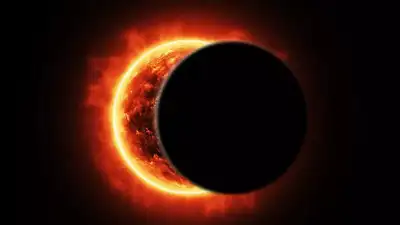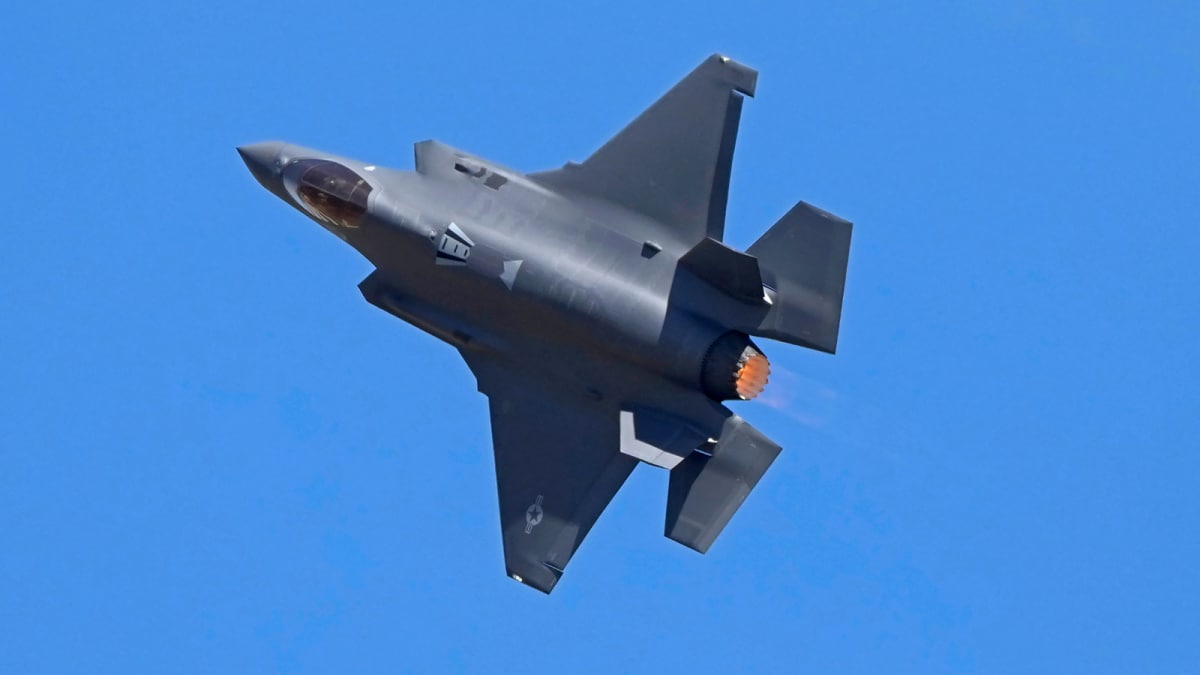ARTICLE AD BOX

Social media buzz incorrectly points to a total solar eclipse on August 2, 2025. While a major total eclipse is indeed slated for August 2, it will occur in 2027, not 2025. A partial solar eclipse will be visible on September 21, 2025, primarily in regions around Australia and Antarctica, offering a celestial spectacle with proper eye protection.
A solar eclipse is one of the most extraordinary natural events visible from Earth. It occurs when the Moon moves directly between the Earth and the Sun, casting a shadow that partially or fully blocks sunlight for a brief period.
This celestial alignment happens only during a new moon phase, and depending on the observer’s location and the precise distances involved, it can produce a total, partial, annular, or hybrid eclipse.
The August 2, 2025 confusion: What’s going on

Image : Canva
During the past few weeks, the social media fraternity has been filled with reports of a complete solar eclipse happening on August 2, 2025. On social media, the posts about the sky being black that day, videos, and even viral infographics recommend that there has been something unprecedented in the world that will happen on that day. But as NASA and other confirmed astronomical resources say, this is not true. Although it is true that the date of the major total solar eclipse is on August 2, it is not 2025, but 2027!This has left most casual observers and amateur astronomers lost.
But, the actual next solar eclipse in 2025 is not total and it does not take place in August either.
What’s actually happening in 2025

Image : Canva
The first up-coming solar eclipse on the list of NASA Eclipse Calendar is a partial solar eclipse and it is expected on 21st September 2025. Viewers will mostly view this on the regions surrounding Australia, Antarctica, some parts in the Pacific Ocean and Atlantic Ocean. The majority of Asia, Europe and America will not be able to see it.
When the Moon passes in front of the Sun and covers only a part of it, creating a partial shadow (penumbra) on the Earth, it is said to be a partial solar eclipse. Compared to total and annular eclipses, these eclipses are quiet, but still they provide the opportunity to the skywatchers to witness a beautiful alignment in the sky, with eye protection of course.
So what’s this August 2 Eclipse everyone’s talking about

Image : Canva
The so-called total solar eclipse that has been going viral is scheduled to happen on August 2, 2027.
Some are referring to it as the Eclipse of the Century and it will be visible in some countries like Egypt, Libya, Algeria, Morocco, Saudi Arabia, Somalia, Spain, Yemen, and Sudan with a lot of neighbouring areas showing a partial eclipse.The eclipse will take a few minutes in parts of the world and this astronomical event is very rare.Apart from 2027, in 2026 on 17 February, an annular solar eclipse will be visible from Antarctica, while a partial eclipse will be seen across Africa, South America, and the Pacific, Atlantic, and Indian Oceans.
Later that year, on August 12, 2026, a total solar eclipse will occur, visible from parts of Greenland, Iceland, Spain, Russia, and a small portion of Portugal. A wider partial eclipse will be observable across Europe, Africa, North America, and regions over the Atlantic, Arctic, and Pacific Oceans.The astronomy events such as solar eclipses gather the interest and attention of people worldwide and arouse inspiration but also they demand relevant information and scientific knowledge. Although the September partial eclipse in 2025 is not a total eclipse, it will still prove to be a thrilling experience to people in the coverage area.



.png)
.png)
.png)
















 7 hours ago
8
7 hours ago
8









 English (US) ·
English (US) ·